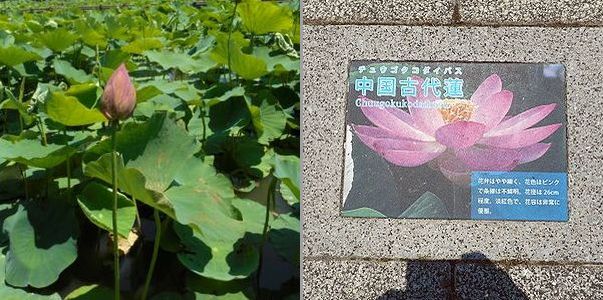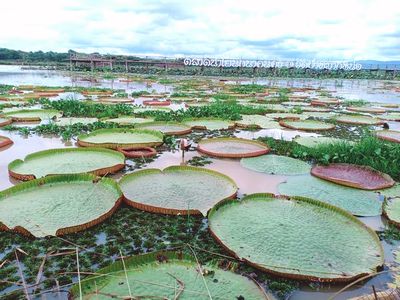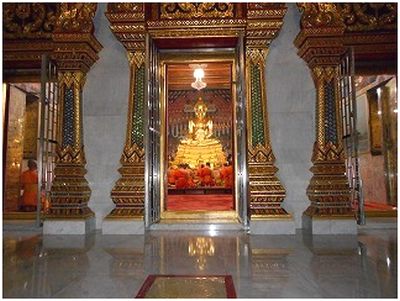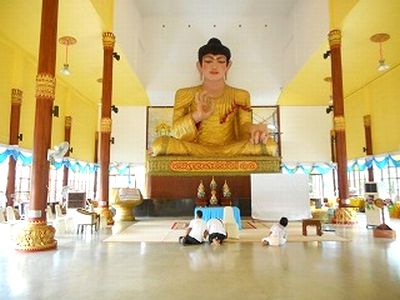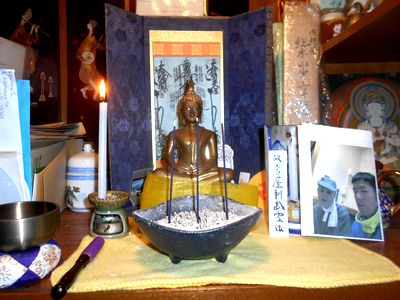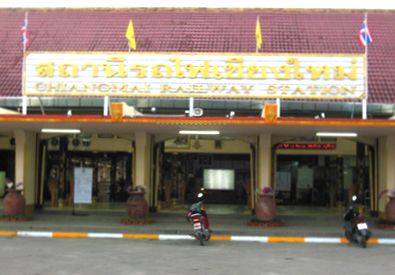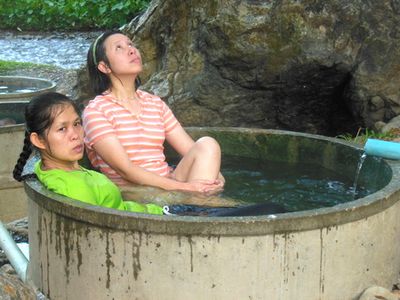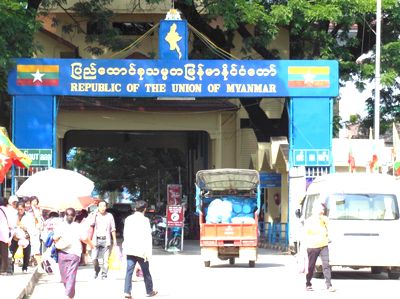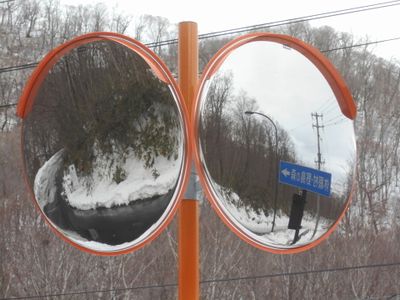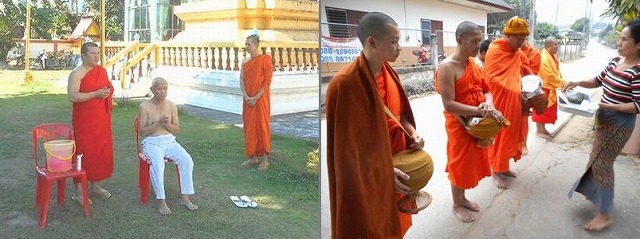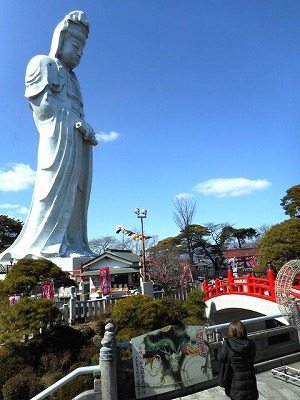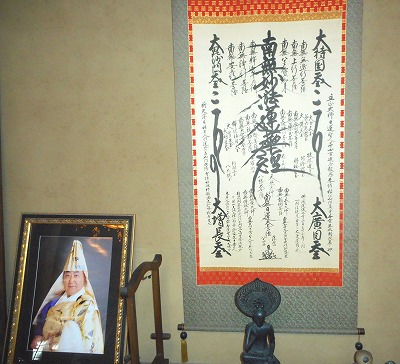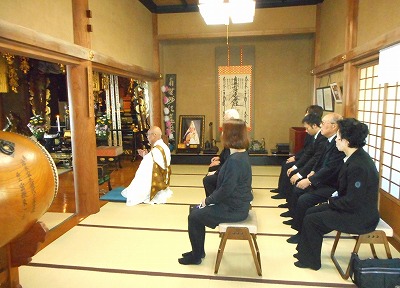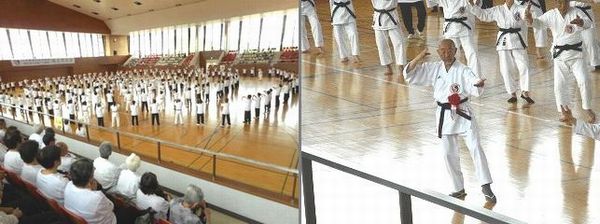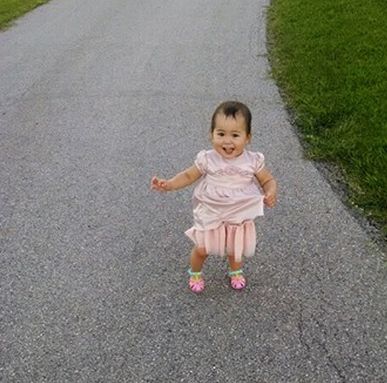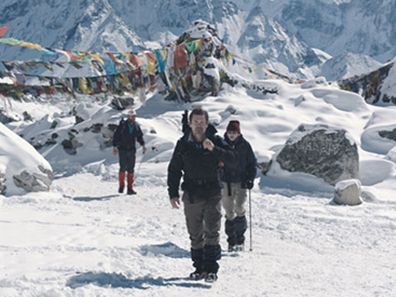Suddenly my left knee joint hurt. I left it for about a month, saying, I think I missed the exercise. I went to see the orthopaedic surgeon who was once taken care of the treatment of my low back pain (herniated disc).
Doctor took an X-ray, checked it, and was diagnosed with “Gonarthrosis” (knee arthritis). After receiving a poultice and Voltaren gel 1%, I went back to Thailand for “Buddhist training” on the next day. A few weeks after my arrival, I was able to live a comfortable life, so I decided to go to a hot spring and a Massage shop.
There was information that the first store I went to had a shortage of female masseur, so I was told that I would have to wait, so I went to another Marie massage clinic, although it was a little expensive. I especially asked her to “knead the affected area lightly”. I went back a few days later because it made my life more comfortable, and the owner, Marie, gave me a Thai traditional massage and a hot compress (herbal ball compress). I like this clinic so I would like to introduce it to everyone.
She also wanted to spread it in Japan.
・I am using a Looper cup (Term Simon Paitai). If you buy it, it costs 60 Baht (about 200 yen).
・ Warm this ball (Looper cup) with steam and apply it to the affected area to relieve pain. *see photo
・ One can be used 4 to 5 times. *Store it in a refrigerator after each use.
・ Service charge starts from 300 Baht (about 1000 yen) per hour. When combined with Thai traditional massage, it will be a special discount rate of 500 Baht for 2 hours.
・ If possible, continue treatment about 3 times. *There are individual differences.
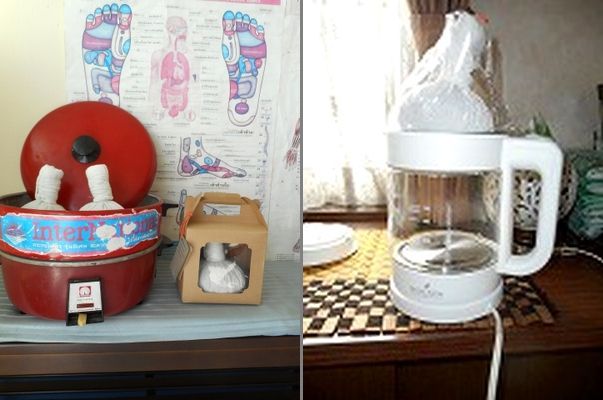
* In Japan, when I had low back pain, I practiced and experimented with electrical treatment, acupuncture treatment, manipulation treatment, tai chi and rock bath. I also recommend a Thai herbal compress (method).
@Digression:
A: There are quite a few people who treat illnesses and recover their health in tropical Thailand. Especially between December and March, it is the best to “hibernate”.
B: In the past, I introduced the herbal bath in Chiang-Mai in the Japanese version of BLOG (2009.09.28). The materials and therapeutic effects are almost the same as the hot compression method, but the treatment is performed while lying down on the bed wearing thin clothes. You can also do it yourself (I was pleased with the electric kettle made by Nitori, which was purchased in Japan (see photo to the right).
C: The Nuat Marie store is located along National Highway No. 1 near Mae Fah Luang University in Chiang-Rai Province, northern Thailand. We also present Japanese Massage service charge menu, Japanese phrase book and Japanese CD.
(Phone: Thailand+66-85-1074391)
